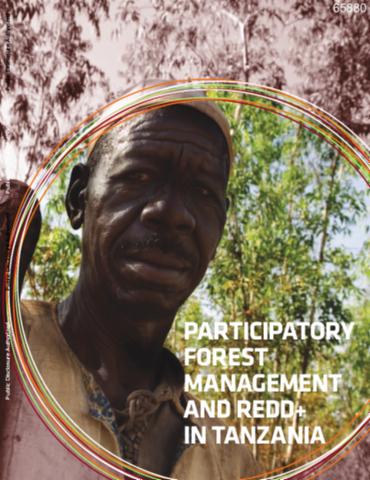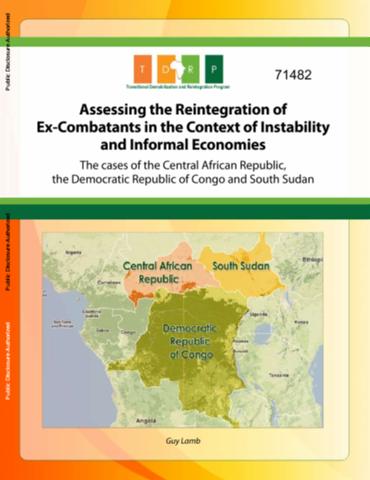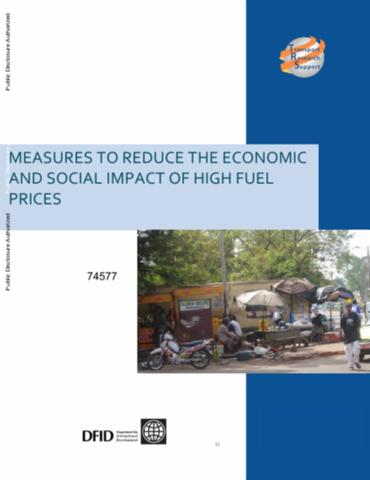Evaluation of land and water resources in the province of Kirsehir in terms of agriculture
Soil and water resources are among natural wealth of a country and are main components of agriculture that meet food requirement. Development, protection and management of the soil and water resources have become a necessity today. Required investments should be made on improvement of water resources to develop the region in terms of agriculture. This study, examining previous studies on soil and water resources in Kırsehir and problems faced and solutions for these problems provides preliminary information on future studies.




